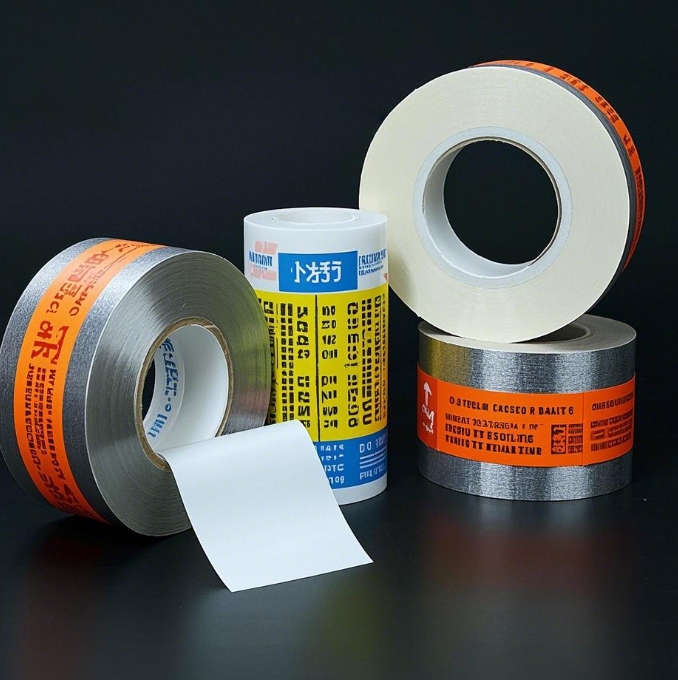



High-temperature tape use guide for high-temperature environments: important points to note
In many industrial production scenarios, high-temperature environments are common, and high-temperature tape has become an indispensable material. However, in order for high-temperature tape to perform stably at high temperatures, many key issues need to be paid attention to.
Careful selection, adapt to high temperatures
There are many types of high-temperature tapes, each with its own specific temperature resistance range, and incorrect selection may lead to serious consequences. For example, ordinary PVC tapes are only resistant to temperatures of 60℃ - 80℃. If used in a high-temperature environment of 200℃, the tape will quickly melt and deform, and lose its due function. In the high-temperature welding process of electronic components, the welding temperature is usually between 200℃ and 260℃. At this time, polyimide high-temperature tape should be used, which can maintain good physical and chemical properties in this temperature range to ensure that the electronic components are firmly fixed without displacement, falling off, and other problems.

Pasting operation, strict specifications
When pasting high-temperature tape in a high-temperature environment, operating specifications are crucial. First, make sure that the surface to be pasted is clean and dry. High temperature will accelerate the reaction between impurities and tape and affect the viscosity. Taking the seal of an automobile engine as an example, if there is residual oil on the surface, the oil will reduce the viscosity of the tape when it is running at high temperature, resulting in seal failure. Secondly, try to get it in place at one time when pasting, and avoid repeated adjustments. High temperature will cause the viscosity of the tape to change rapidly, and repeated operations may cause the paste to be loose. In the pasting of aircraft engine parts, precise one-time pasting can ensure the reliability of the tape under extreme high temperatures.
Use process, close monitoring
During the use of high-temperature tape, pay close attention to its status. Temperature fluctuations may affect the performance of the tape, especially in an environment where the temperature rises and falls sharply. For example, during the steel smelting process, the temperature in the furnace changes dramatically, and it is necessary to regularly check whether the tape is cracked or debonded. Once an abnormality is found, the tape should be replaced in time to prevent safety problems or production accidents caused by tape failure. In addition, in high temperature environments, the aging speed of the tape will accelerate. Even if there is no obvious change in appearance, its performance may have declined, so the replacement cycle should be reasonably set according to the actual use.
When using high-temperature tape in a high-temperature environment, every link from selection, pasting to monitoring of the use process should not be underestimated. Only by strictly following these precautions can the advantages of high-temperature tape be fully utilized to ensure the safety and efficiency of industrial production. With the continuous development of industrial technology, the requirements for the use of high-temperature tape in high-temperature environments will become higher and higher, and relevant practitioners need to continue to learn and master new knowledge and skills.




